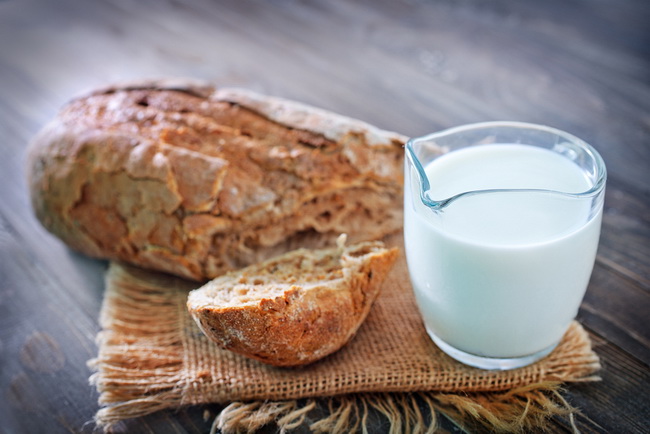- Make It Yourself Lavender Heart-Shaped Bath Bombs!
- 20 Things You Never Knew About “Down There”
- 12 Best Foods For Those Suffering From Arthritis Pain
- 12 Personal Hygiene Mistakes Almost Everyone Makes (Mom Never Told You About #4!)
- 15 Medicinal Plants And Herbs From The Cherokee People
- 12 Mind-Blowing Benefits Of Drinking Coconut Water During Pregnancy
- 12 Outstanding Winter Foods That Won’t Fatten You Up Like A Christmas Turkey
The Potentially Dangerous Ingredient In Your Almond Milk

Photo credit: bigstock.com
The Thing is That They already Did. Confused yet?
There are actually two different kinds of carrageenan; “degraded”and “undegraded”.The undegraded form is what is used as a thickening agent in foods. It has been classified as a GRAS (Generally Regarded As Safe) ingredient by the FDA since 1958. The degraded form, conversely, is prohibited for use in foods.
This is where things get a little ambiguous. The studies mentioned above made use of the degraded form of carrageenan, also called poligeenan. So there was very little doubt among scientists and regulatory agencies of itsdangers. With the undegraded variety however, there was no obvious dangers observed, so itsuse as a thickening agent was allowed to continue.
More recently, studies on undegraded carrageenan yielded some confusing results. Studies showed signs of abnormalities in the intestines of pigs after 83 days of exposure, but no signs of ulcers or tumors. Studies with rats showed no evidence of health problems after 90 days. Different species seem to react differently to degraded poligeenan.
So does that mean you can gulp down some almond milk worry free? Not so fast. There was no solid evidence proving undegraded carrageenan to be a carcinogen on its’s own. Rather, there was evidence that it could exacerbate the development of a cancer when it was administered in addition to a known carcinogen.
There are also some scientists who make the argument that the undegraded vs degraded debate may not matter. They claim that even if the undegraded variety is used in the food, the body’s digestive process, which breaks down all foods, will also break down the “safe”carrageenan into the degraded form once it is inside the body. During this process, the undegraded additive reacts with stomach acid, and is converted into itscarcinogenic/ inflammatory form. Inflammation will occur in the intestines and degraded carrageenan is released into the bloodstream. Studies on the seaweed used to make carrageenan linked it to inflammation of the gut by damaging the microflora ecosystem in the body.
Continue to Page 5

































Joe M
Jun 27, 2016 at 12:57 pm
So if Carrageenan comes from seaweed, does that make consuming seaweed bad for your health?